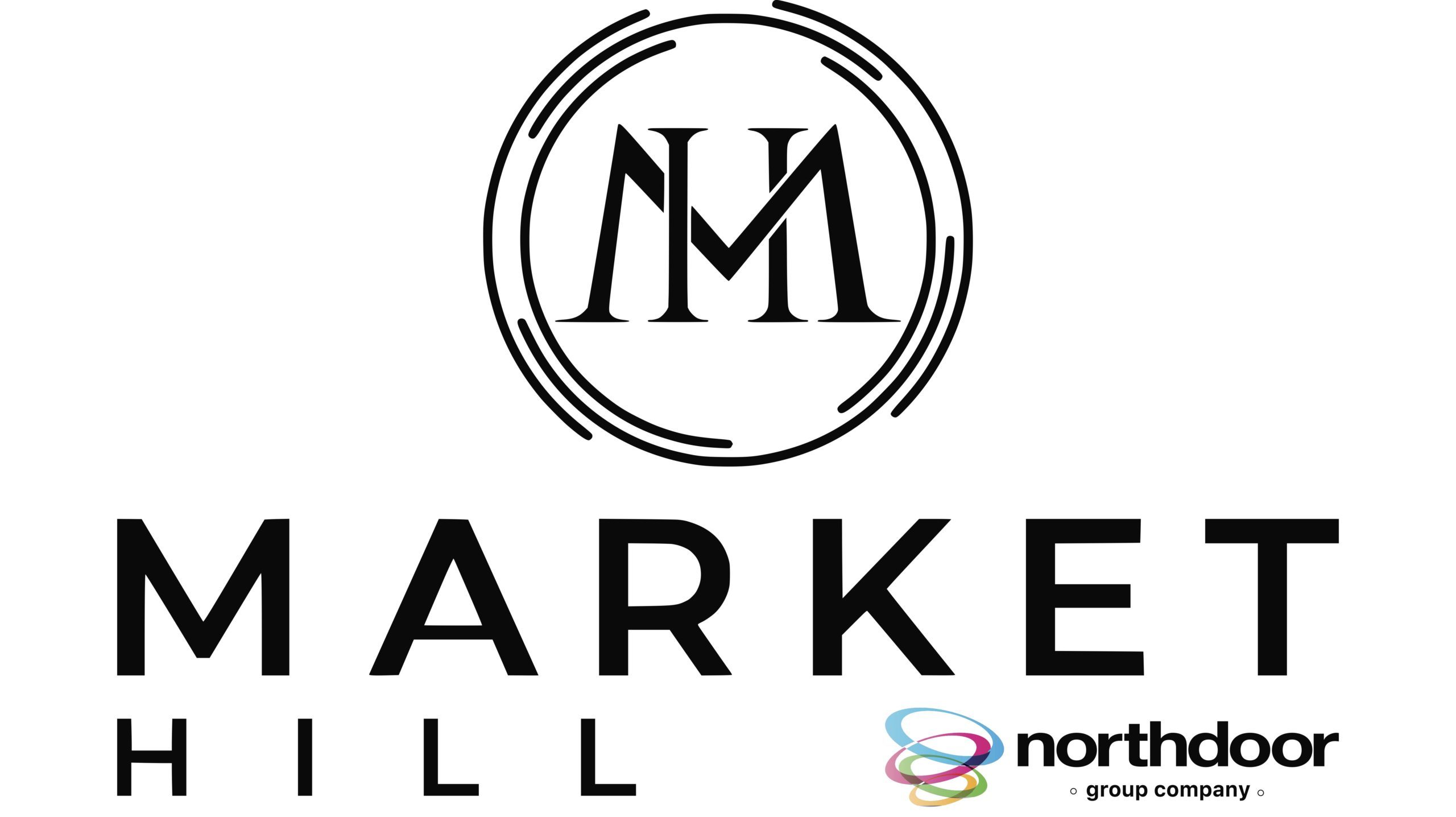This week I was turned on to the book ‘Scrum: The Art of Doing Twice the Work in Half the Time’ by Jeff Sutherland and J.J. Sutherland. For context, Jeff Sutherland was one of those who signed the Agile Manifesto in 2001.
Can you believe that 2001 was 21 years ago?!
In 2001, the Agile Manifesto set out a ‘new’ way to help software developers build solutions. Faster and more efficiently, reducing the friction in making a technology change.
In 2022, tech leaders are moving away from Agile into DevOps.
DevOps is simply an evolution of the agile manifesto. They are focusing on development teams being responsible for the lifetime of their development. i.e. maintaining their product when it reaches production.
However, tech teams can quickly lose sight of the why when it comes to changing their development approach.
Are they moving to DevOps because it will make us more cost-effective? Does it reduce the time to react to user change? Will it bring greater accountability and quality? (Or does it look good for their CV?)
There is considerable unrealised value in reducing the friction to technology change
Development methodologies, such as DevOps, are a vital piece of the puzzle. For your PE firm, your portfolio companies and their customers.
The goal of DevOps should be to reduce the fiction in making a technology change. This reduced friction will mean that the value of technology change can be easily translated into terms your portco board and PE firms can relate to—e.g. Reduction in Churn, NPS improvements, cost reduction etc.
Where does DevOps sit on your value creation plans for 2022?
Where do you see the next value step-change created for your portcos? Is it with DevOps, cloud migrations, or it is somewhere else?
Please let me know your thoughts.
Until next time.
Thomas
You can sign up for more ‘unconsidered needs’ below.
You can sign up for more ‘unconsidered needs’ below.
